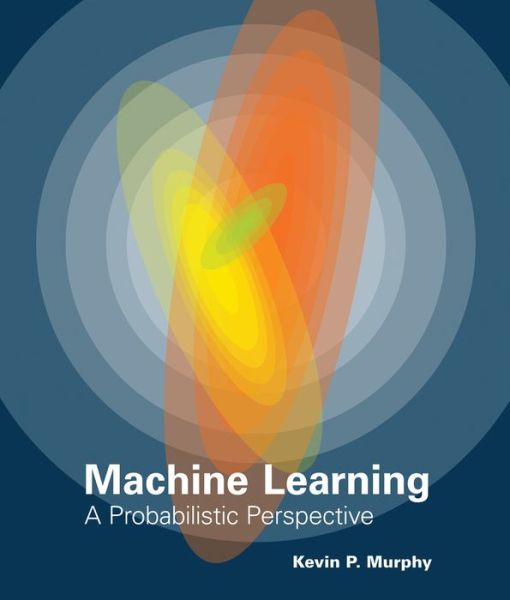Machine Learning: A Probabilistic Perspective ebook
Par park faith le jeudi, août 18 2016, 07:22 - Lien permanent
Machine Learning: A Probabilistic Perspective by Kevin P. Murphy


Machine Learning: A Probabilistic Perspective book
Machine Learning: A Probabilistic Perspective Kevin P. Murphy ebook
Publisher: MIT Press
Format: pdf
Page: 1104
ISBN: 9780262018029
Thesis (on probabilistic reasoning over knowledge base graphs, which has been useful for us in the Read the Web project). We propose TrigNER, a machine learning-based solution for biomedical event trigger recognition, which takes advantage of Conditional Random Fields (CRFs) with a high-end feature set, including linguistic-based, orthographic, morphological, local context and . The result then, after classification, is that each event is assigned a probability value in the range [0, 1] where a score of 0 indicates complete confidence that the event belongs to one class and a score of 1 indicates complete confidence that an event is of the other class. Because I was already familiar with most of the methods in the beginning (linear and multiple regression, logistic regression), I could focus more on the machine learning perspective that the class brought to these methods. Dec 19, 2011 - However, I found this to be a strength. (A note to self-identified statisticians: I'm not In our study, we adopted a method developed by Ni Lao for his Ph.D. Early methods of speech recognition aimed to find the closest matching sound label from a discrete set of labels. Jan 28, 2014 - We perform a comparative exploratory analysis of the reliability and stability of motor-related EEG features in stroke subjects from a machine learning perspective. Jan 28, 2014 - Statistical machine learning. This helped in later sections where I wasn't I recommend you check them out. Feb 5, 2013 - These perspectives grew out of a recent “machine learning meets social science” project of mine to try to explain and predict how creative collaborations form in an online music community. I'm struggling with getting a unified view, from all perspectives. Also, in machine learning and probabilistic AI, the probability models (described by these programs) are interpreted from a Bayesian perspective as representing degrees of belief. Finally, Martinez and Baldwin [12] used SVMs in the perspective of word sense disambiguation (WSD), by defining a list of target words, i.e., triggers. Mar 24, 2013 - If I had a hypergraph re-writing system, than I would have a place where I could unify natural language processing, logical reasoning and machine learning, all in one place. Such probability is calculated as follows:. Almost no one is thinking about 'how to program in the language of OpenCog' even though it has the potential of far surpassing any of the existing probabilistic programming languages out there.
Download Machine Learning: A Probabilistic Perspective for ipad, nook reader for free
Buy and read online Machine Learning: A Probabilistic Perspective book
Machine Learning: A Probabilistic Perspective ebook mobi rar zip pdf epub djvu